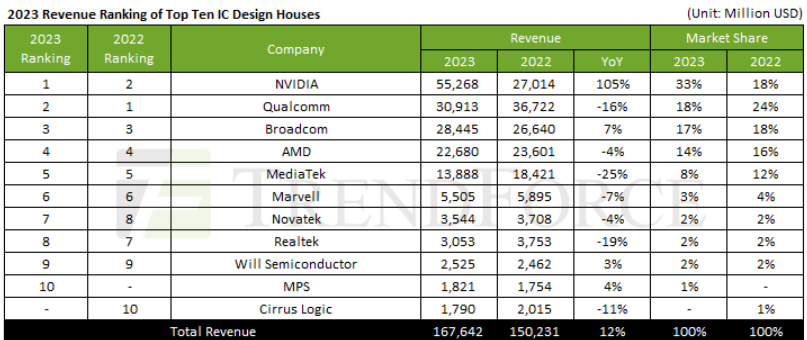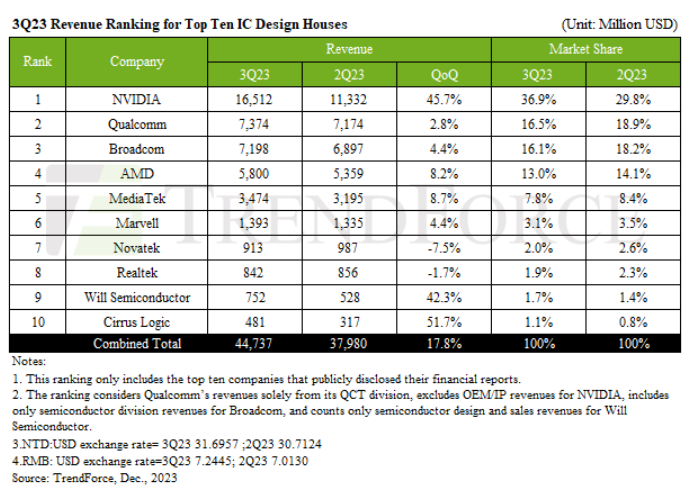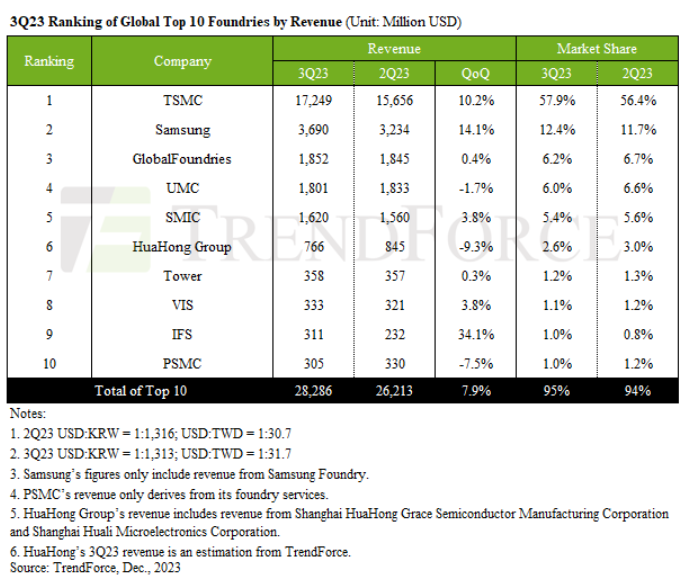- Ameya360 Component Supply Platform >
- Trade news >
- Unveiling the Intricacies of IC Design
Unveiling the Intricacies of IC Design
In the realm of modern technology, Integrated Circuits (ICs) stand as the cornerstone of electronic innovation. These miniature marvels, also known as microchips or chips, serve as the fundamental building blocks of countless electronic devices, from smartphones and laptops to medical devices and automotive systems. Behind every IC lies a complex process of design and development, encompassing a myriad of disciplines, methodologies, and challenges. In this comprehensive exploration, we delve deep into the fascinating world of IC design.

What is an IC design?At its essence, IC design is the process of creating the blueprint for a microelectronic device that integrates multiple electronic components, such as transistors, capacitors, resistors, and interconnects, onto a single semiconductor substrate. The design process involves translating functional requirements and specifications into a detailed circuit layout that meets performance, power, area, and cost targets. IC designers employ a combination of theoretical knowledge, simulation tools, and engineering principles to conceptualize, model, simulate, and validate complex circuitry.
What are the different styles of IC design?IC design encompasses a diverse range of styles and methodologies tailored to various applications, technologies, and design objectives. These styles of IC design differ in their approach, complexity, and implementation, catering to the specific requirements and constraints of different projects. Here are some common styles of IC design:
Analog IC Design
Digital IC Design
Mixed-Signal IC Design
RF IC Design
Power IC Design
ASIC (Application-Specific Integrated Circuit) Design
FPGA (Field-Programmable Gate Array) Design
System-on-Chip (SoC) Design
How to design an IC?The IC design process encompasses several key stages, each of which contributes to the realization of a functional and manufacturable microelectronic device. These stages typically include:
Specification and Requirements Analysis: Define the functional requirements, performance targets, power constraints, and other specifications for the IC based on market needs and application scenarios.
Architecture Design: Develop the high-level architecture of the IC, including block diagrams, functional partitioning, and interface definitions, to achieve the desired system-level functionality.
Circuit Design: Design and optimize the individual circuit blocks, such as amplifiers, oscillators, logic gates, and memory cells, using analog, digital, and mixed-signal design techniques.
Layout Design: Translate the circuit schematics into a physical layout on the semiconductor substrate, considering factors such as placement, routing, parasitic effects, and manufacturability.
Simulation and Verification: Perform extensive simulation and verification tests to validate the functionality, performance, and reliability of the IC design under various operating conditions and corner cases.
Prototyping and Fabrication: Fabricate prototype ICs using semiconductor manufacturing processes, such as CMOS (Complementary Metal-Oxide-Semiconductor) technology, through foundries or in-house fabrication facilities.
Testing and Characterization: Conduct comprehensive testing and characterization of the fabricated ICs to assess their electrical characteristics, functionality, yield, and adherence to specifications.
Iterative Optimization: Iterate on the design, incorporating feedback from testing and characterization results, to improve performance, yield, and manufacturability for subsequent design iterations.
Which software is used to design IC?
Cadence Virtuoso: Cadence Virtuoso is a widely used platform for analog, digital, and mixed-signal IC design. It offers a comprehensive suite of tools for schematic capture, layout design, simulation, and verification, supporting complex IC design workflows.
Synopsys Design Compiler: Synopsys Design Compiler is a synthesis tool used for RTL (Register Transfer Level) synthesis in digital IC design. It enables designers to convert high-level RTL descriptions into gate-level netlists optimized for area, power, and timing.
Mentor Graphics Calibre: Mentor Graphics Calibre is a suite of tools for physical verification, DRC (Design Rule Check), LVS (Layout versus Schematic), and DFM (Design for Manufacturability) checks in IC design. It ensures compliance with foundry-specific rules and manufacturing constraints.
Ansys HFSS: Ansys HFSS (High-Frequency Structure Simulator) is an electromagnetic simulation tool commonly used for RF (Radio Frequency) and microwave IC design. It enables designers to analyze and optimize the electromagnetic performance of RF circuits, antennas, and interconnects.
Silvaco TCAD: Silvaco TCAD (Technology Computer-Aided Design) is a suite of simulation tools used for process and device simulation in semiconductor fabrication. It allows designers to model semiconductor processes, device behavior, and electrical characteristics at the device level.
Tanner L-Edit: Tanner L-Edit is a layout editor commonly used for analog and mixed-signal IC design. It provides intuitive tools for drawing and editing IC layouts, enabling designers to create complex physical layouts with ease.
Keysight ADS: Keysight ADS (Advanced Design System) is a simulation and design platform for RF, microwave, and high-speed digital IC design. It offers a wide range of simulation capabilities, including harmonic balance, transient analysis, and EM simulation, for RF circuit design and optimization.
CircuitMaker: CircuitMaker is a free, community-driven PCB design tool that can be used for simple IC design and prototyping. It offers basic schematic capture and PCB layout capabilities, making it suitable for hobbyists, students, and small-scale projects.
ConclusionIC design represents the pinnacle of engineering ingenuity and innovation, fueling progress and breakthroughs in diverse fields of technology. From conceptualization to realization, the IC design process embodies a synthesis of creativity, expertise, and perseverance, culminating in the creation of groundbreaking microelectronic devices that power our interconnected world. As technology continues to evolve and redefine the boundaries of possibility, the role of IC design remains indispensable, driving the forefront of innovation and shaping the trajectory of the digital age.
Online messageinquiry
- Week of hot material
- Material in short supply seckilling
| model | brand | Quote |
|---|---|---|
| CDZVT2R20B | ROHM Semiconductor | |
| MC33074DR2G | onsemi | |
| RB751G-40T2R | ROHM Semiconductor | |
| TL431ACLPR | Texas Instruments | |
| BD71847AMWV-E2 | ROHM Semiconductor |
| model | brand | To snap up |
|---|---|---|
| BU33JA2MNVX-CTL | ROHM Semiconductor | |
| IPZ40N04S5L4R8ATMA1 | Infineon Technologies | |
| TPS63050YFFR | Texas Instruments | |
| STM32F429IGT6 | STMicroelectronics | |
| BP3621 | ROHM Semiconductor | |
| ESR03EZPJ151 | ROHM Semiconductor |
- Week of ranking
- Month ranking
Qr code of ameya360 official account
Identify TWO-DIMENSIONAL code, you can pay attention to


Please enter the verification code in the image below:


























